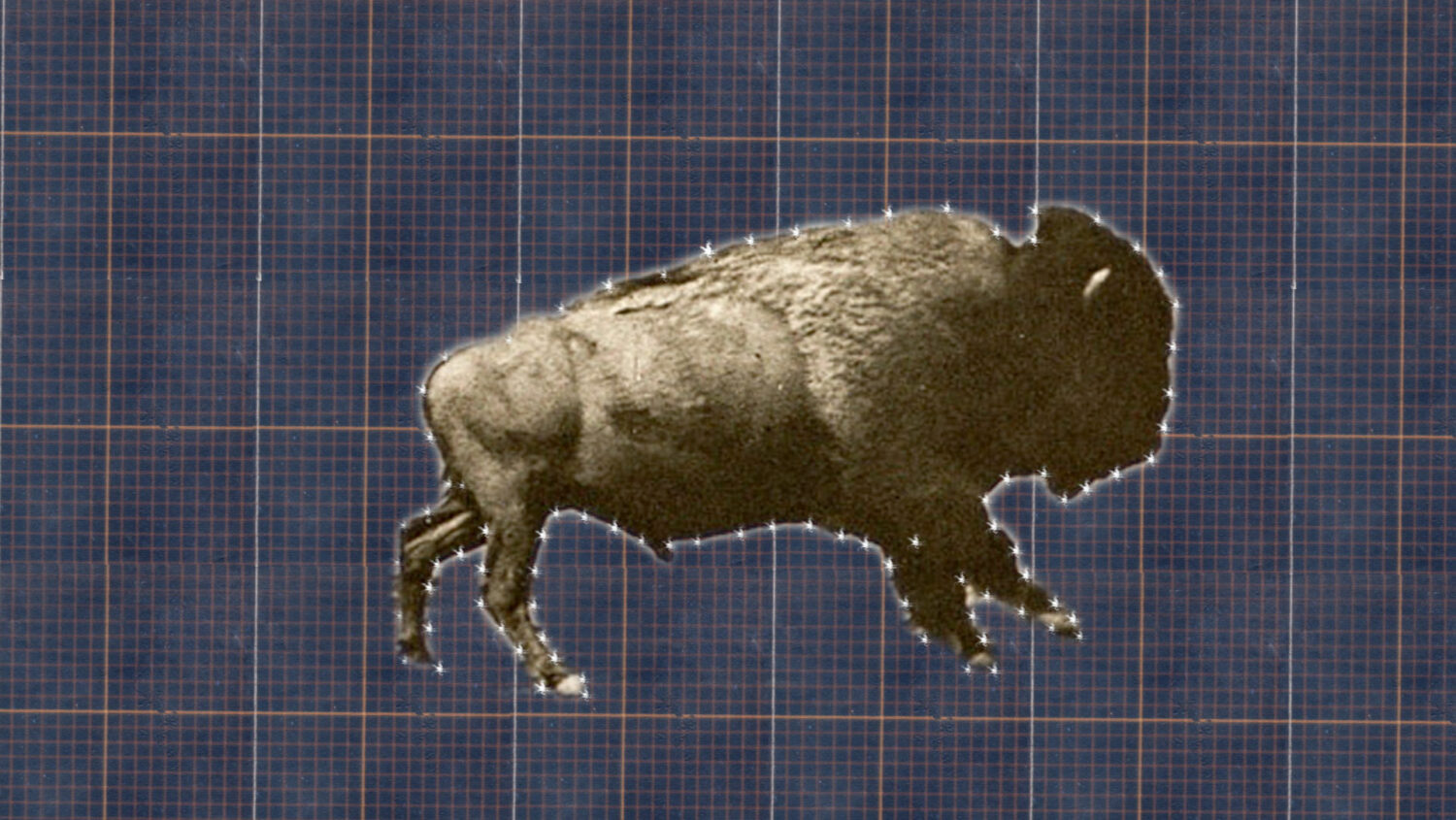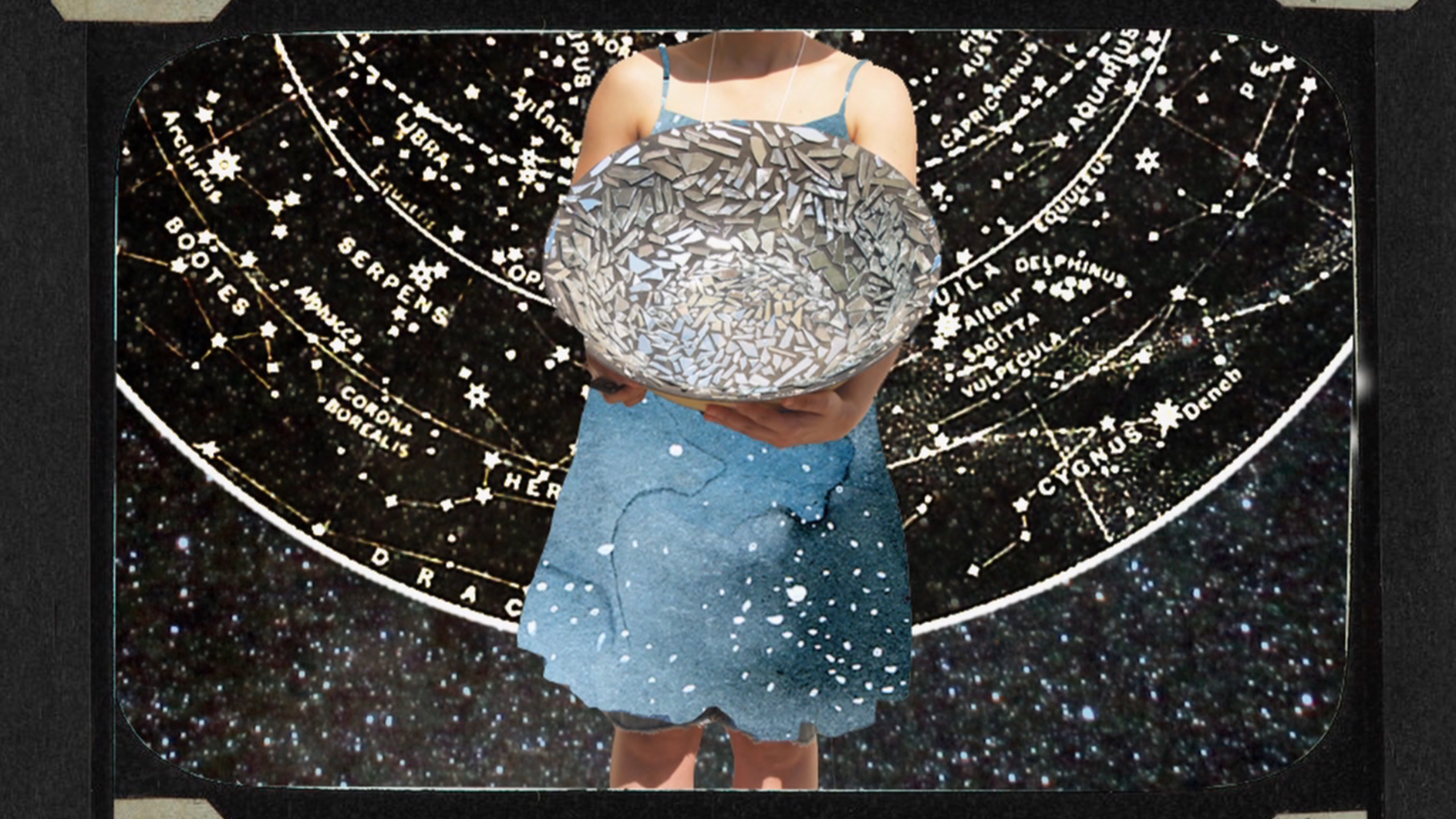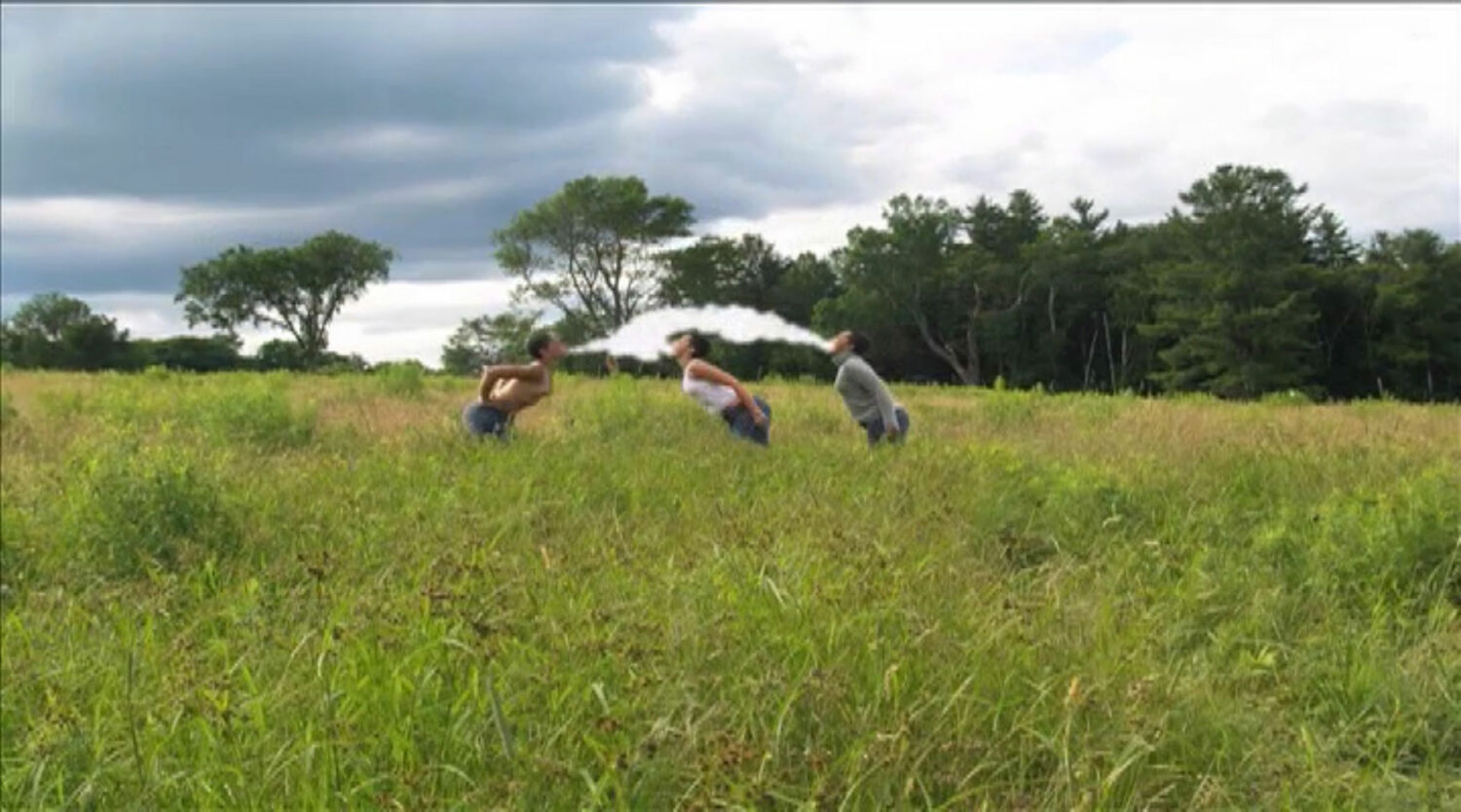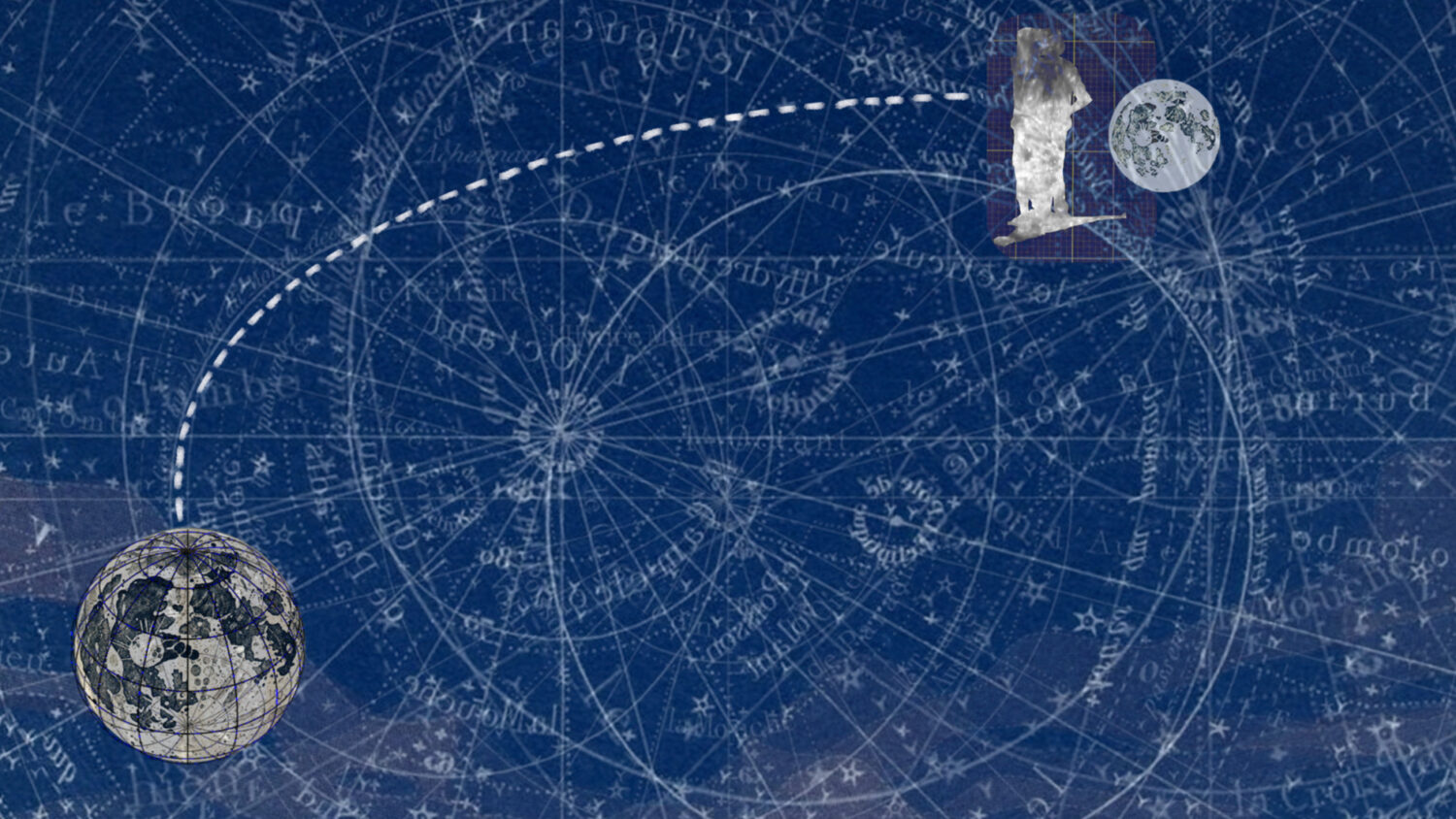Interview: Pamela Phatsimo Sunstrum On Transculturalism & Cabinets Of Curiosities
By Something CuratedBorn in Botswana and presently living and working in the Netherlands, multidisciplinary artist Pamela Phatsimo Sunstrum’s practice encompasses drawing, painting, installation and animation. The imagery in Sunstum’s work reflects the diverse genealogies of her experience living in different parts of Africa, Asia, and the Americas, as well as her ongoing research into mythology, geology, and theories on the nature of the universe. The artist’s output centralises Black female identity in the discourse of postcolonialism and neocolonialism, highlighting the contributions of overlooked historical figures while emphasising modes of knowledge and communication beyond the status quo. Sunstrum is set to present her first UK solo institutional show, The Pavilion, opening at London Mithraeum Bloomberg SPACE on 27 July 2023. Central to the new installation will be a wooden pavilion-like structure making reference to Victorian “cabinets of curiosities,” often considered as predecessors of modern museums. To learn more about the artist’s work, the upcoming London presentation, as well as her involvement in the current Liverpool Biennial, Something Curated spoke with Sunstrum.

Something Curated: I understand you grew up between Botswana, Canada, Sudan, Sri Lanka, Malawi, and Panama, among other places. Has this itinerant way of life influenced your practice — and could you expand on how?
Pamela Phatsimo Sunstrum: Space and place appears transitional, transposable, sometimes even provisional in my work. I know growing up in this way has had a huge influence on my ideas about home and belonging, both of which are concepts that recur in my work. I think these references to transculturality and transnationality that have operated in my work for some time are also beginning to speak imminent concerns around migration, ecological crisis, and the other signals of systemic upheaval that punctuate this late-stage capitalist era we are all suspended in at the moment.

SC: Can you tell us about the new installation work you’re creating for the London Mithraeum Bloomberg SPACE? What interests you in Victorian “cabinets of curiosities?”
PPS: The Pavillion (2023) is an installation of interrelated viewing booths designed to house an archive of my animations dating from 2007-2016. These viewing structures make reference to early Victorian museum precursors – “cabinets of curiosities,” curatorial vitrines, and other 19th-century furnishings of public education. The installation features a central wooden pavilion-like structure designed in collaboration with Remco Osório Lobato. The structure’s interconnected viewing spaces present a range of scales and formats specific to each animation. Each animation reflects my ongoing interest in personal history through references to ancient mythology, celestial mapping, quantum physics, and the archetypal hero’s quest.

SC: Aspects of your work feel at once futuristic and ancient; can you talk about this non-linear approach to temporality in your work?
PPS: I think this approach to temporality in my work emerges from an early interest in the work of writers such as Octavia Butler, Ben Okri, Edwidge Danticat, and Bessie Head. What I love about the opening lines of The Parable of the Sower; and the seamless slipping-in-and-out-of-spirit in The Famished Road; and the passionate fever-dreams in Krik? Krak!; and the psychological thrashing between the hellish and the heavenly in A Question of Power are the ways the writers engage in a disruption of chronology and a fragmentation of space. I think my interest in non-linearity comes out of an obsession with the idea of being able to cite everything all at once.

SC: What is the thinking behind Mumbo Jumbo and The Committee, presently on view at the Tate Liverpool as part of the Liverpool Biennial?
PPS: The work features a central viewing space designed to reference a provisional presentation space. The wooden pews recall the strictness and control imposed by Victorian church and scholastic furniture, and the canvas projector screen makes a nod to travelling spectacle: fun fairs and road shows, but also lecture circuits and conferences. The animation that loops on the screen began as a photoshoot in a studio during a residency at Artpace in San Antonio, Texas in 2018. I had been looking at examples of early 19th century photography studio portraits and was curious about what these portraits reveal – reverberating cycles of construction, consumption, obliteration, and reclamation. I am often inventing characters in my work, and this animation features a family of sisters who I often refer to as “the seven.” They are quite specifically though ambiguously attired, and throughout the animation they shift and glitch between states of rest, vigilance, and self-awareness. Behind the pews is a drawing on wood panels featuring a white Victorian audience of high society seated expectantly behind a “magic lantern” – an early image projector. Read as a whole, I wanted the animation, projector screen, pews, and the drawing to set a stage tense with questions of self-hood within an environment of constant appraisal.
Feature image: Pamela Phatsimo Sunstrum, Film still from Spin, 2013. Courtesy of the artist, Galerie LeLong & Co., and Goodman Gallery